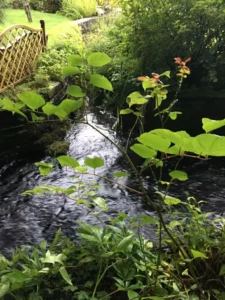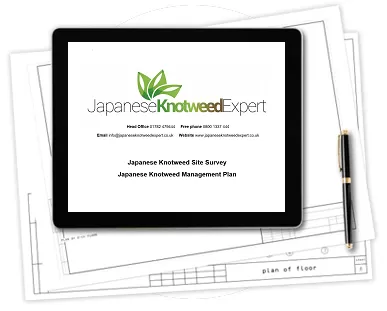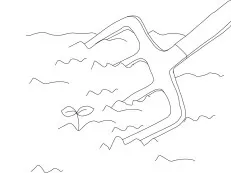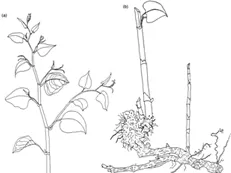Check out our latest post on removing Japanese Knotweed from development locations across the UK.
Removing Japanese Knotweed from Development Locations
Since it was introduced into the UK ecological system by the Victorians, Japanese knotweed has spread rapidly across the country, establishing itself alongside canals, roadsides and railways, as well as on private and commercial properties. Due to its fast growing nature, it was originally used to line railway tracks long before anyone was aware of the structural damage it can cause. Nowadays, as it has no natural predators in the UK, knotweed has grown out of control and can often be found causing upset to property owners up and down the country. However, where private property owners are required to pay for (or recoup the costs of) remediation themselves, limited companies who pay corporation tax have the opportunity to claim back up to 150% of the remediation costs through Land remediation relief..








